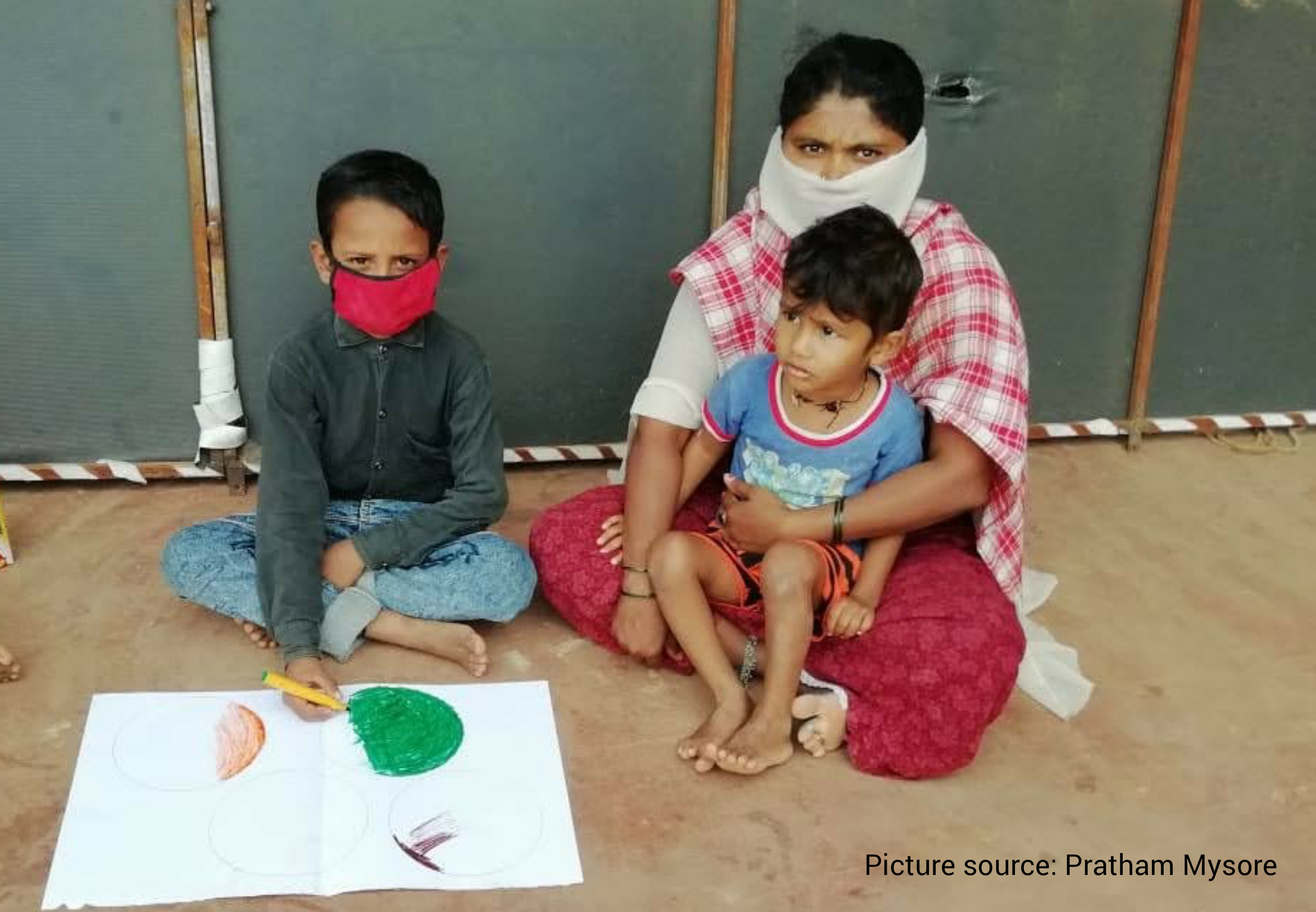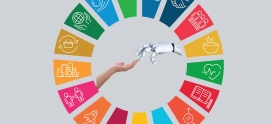Learning during the COVID pandemic
The COVID pandemic has accelerated the shift to e-learning for schools in India. Virtual classes through video-conferencing tools like Zoom and Skype, online learning software, and even social media apps like Whatsapp have quickly become the norm. However, this shift comes with critical challenges. In India, a significant difference exists between private, government and aided schools; as well as between schools in urban and rural contexts. Lack of access to digital learning for a large number of students from underprivileged backgrounds, especially in rural India due to paucity of infrastructure, as explained later in this note, is likely to deprive them of access to education.
The Government, civil-society organisations, as well as private companies, have taken initiatives to facilitate e-learning. The Ministry of Human Resource Development has initiated several projects for students and teachers such as the PM’s e-Vidya programme which includes distance education through online classes, TV and radio channels. Several states have also initiated innovative programmes like the Smile scheme by the Rajasthan School Education Council – an e-content programme for sharing education material through Whatsapp; and the Vidyagama Scheme by the Karnataka Government for the teaching of small batches of students from lower socio-economic backgrounds in open public spaces which had to be halted due to complaints from parents of COVID transmission.
Many NGOs, too, have adapted to the current situation through innovative ways and digital mediums to continue their programmes. As a CSR monitoring and evaluation agency, SoStakes has been monitoring the implementation of CSR-supported education programmes. For example, Pratham – an NGO working to provide quality education to underprivileged children, is running CSR-supported reading, science, and mathematics programmes for primary and secondary school students in Government schools. At present, they have shifted to distance mode where they are sharing learning materials with parents through Whatsapp and text messages, apart from holding classes for small batches of students in community places like temples, community halls and even parents’ homes while following necessary protocols. However, while most students’ households own a phone, the effectiveness of teaching through this mode is a concern. ‘Face-to-face is always the most effective mode’ says Jagadish Mysore, Project Head. He further adds that ‘40 – 50 per cent of the parents are uneducated and hence may not be able to provide any assistance to the child at home’.
While we have seen many technology-based as well as other innovative attempts both by the Government as well as the civil society, to facilitate this shift, we have not adequately addressed the issue of basic infrastructure requirement which is the cornerstone of the entire exercise.
Access to e-learning platforms requires basic infrastructure – internet connectivity, electricity, smartphones, computers. A survey by the Ministry of Rural Development in 2017-18 showed that 16 per cent of India’s households received one to eight hours of electricity daily, 33 per cent received 9-12 hours, and only 47 per cent received more than 12 hours a day. The Pew Study[1], a global survey conducted in 2018, showed that only 24 per cent of Indians own a smartphone, and only 11 per cent of households possess any type of computer. According to the Key Indicators of Household Social Consumption on Education in India report, based on the 2017-18 National Sample Survey, less than 15 per cent of rural Indian households have Internet as opposed to 42 per cent urban Indian households. Furthermore, even for households with internet connections, connectivity and signal issues continue to be a challenge. Teachers’ knowledge of digital technology and preparedness in managing virtual classes, along with quality of digital content too needs attention.
The recently released Annual Status of Education Report (ASER) 2020[2] has come up with findings related to the impact of COVID on children’s education, and also provides some insight into the performance of e-learning initiatives that followed. Their survey of 60,000 students across rural India reveals that only about one-third of the surveyed children had access to online learning, and 24.3 per cent children did not receive learning materials as they didn’t have a smartphone. The report also provides insight into children’s engagement with learning materials and activities – only 8.1 per cent students in government schools and 17.7 per cent children in private schools attended live online classes, and almost 29.8 per cent children did not engage in any activities.
The new National Education Policy (NEP 2020) approved in July 2020 envisages technology as integral to development in the education sector. The policy recognises the invaluable role of technology in aiding teachers training, bridging language barriers, digital learning and enabling greater access to education especially for the differently-abled. The policy calls for greater investment in digital infrastructure, development of online teaching tools and platforms, digital resources, and content creation for online teaching.
While we believe that government is taking steps in the right direction, there is a need to also go beyond platform and content development, and focus adequate attention to developing the basic infrastructure required for enabling access to e-learning. Recognising this, the govt is working on an ambitious proposal to turn 1.2 M schools in the country into smart classrooms. This follows PM Narendra Modi’s plan to connect 6,00,000 villages with high-speed optic fibre in the next three years. The proposal is still at the drawing board stage and Ministry of Electronics and IT (MeitY) are contemplating a public-private model for the project. The idea behind this is to ensure that even children in the remote regions can benefit from e-learning and digital ways of imparting education.
Clearly, speed is of the essence in strengthening the infrastructural reach without which students from underprivileged backgrounds, especially in rural India, would be left further behind.
[1] https://www.pewresearch.org/global/2019/02/05/smartphone-ownership-is-growing-rapidly-around-the-world-but-not-always-equally/
[2] http://img.asercentre.org/docs/ASERper cent202020/ASERper cent202020per cent20REPORT/aser2020fullreport.pdf





Thanks for your blog, nice to read. Do not stop.